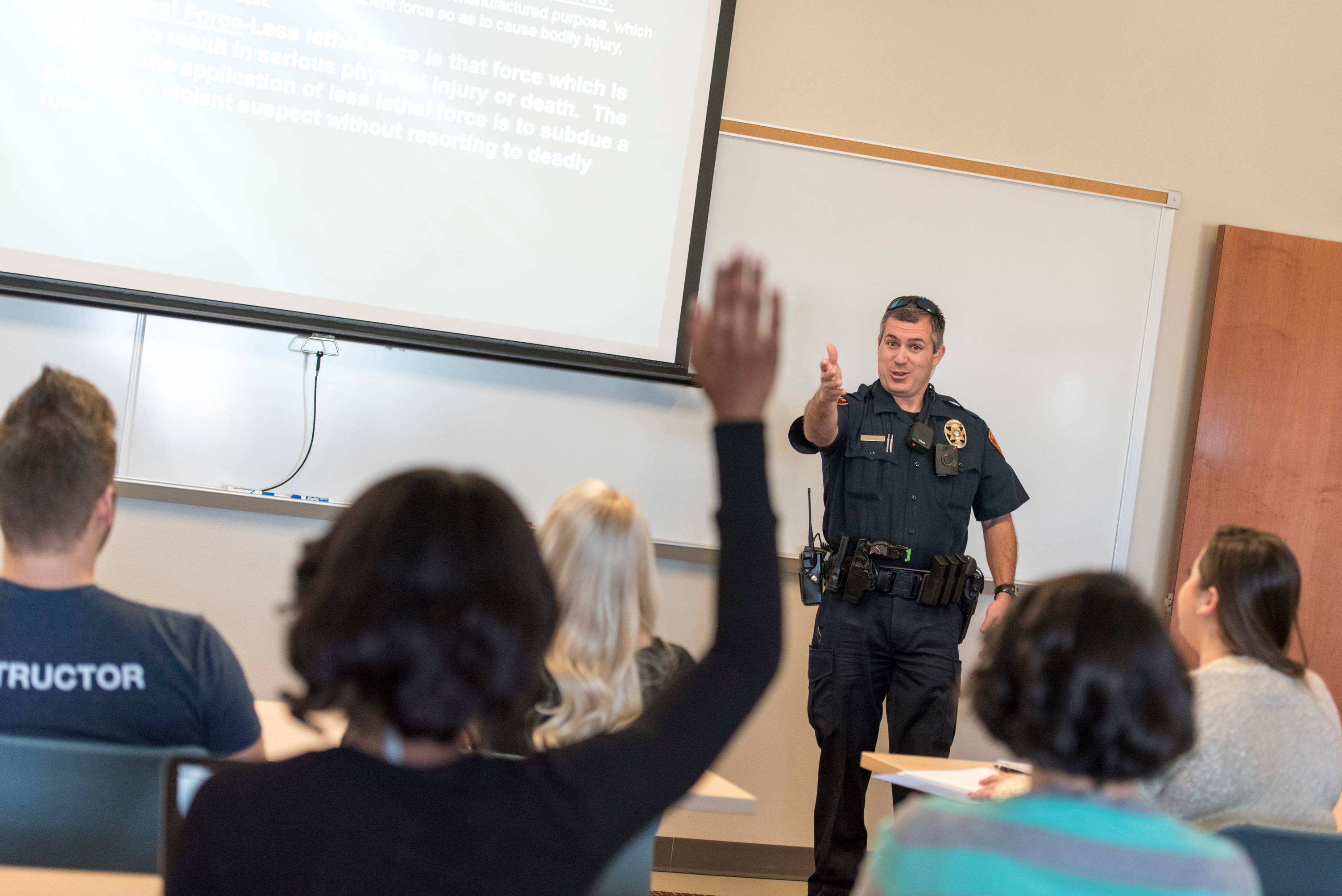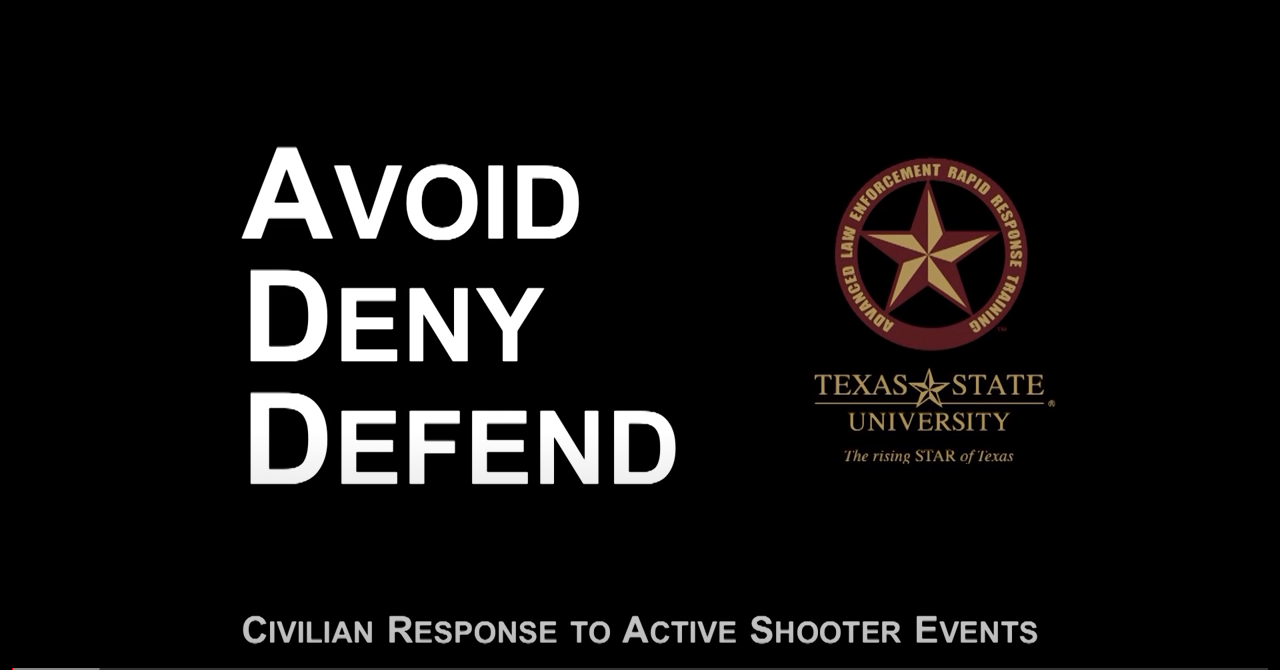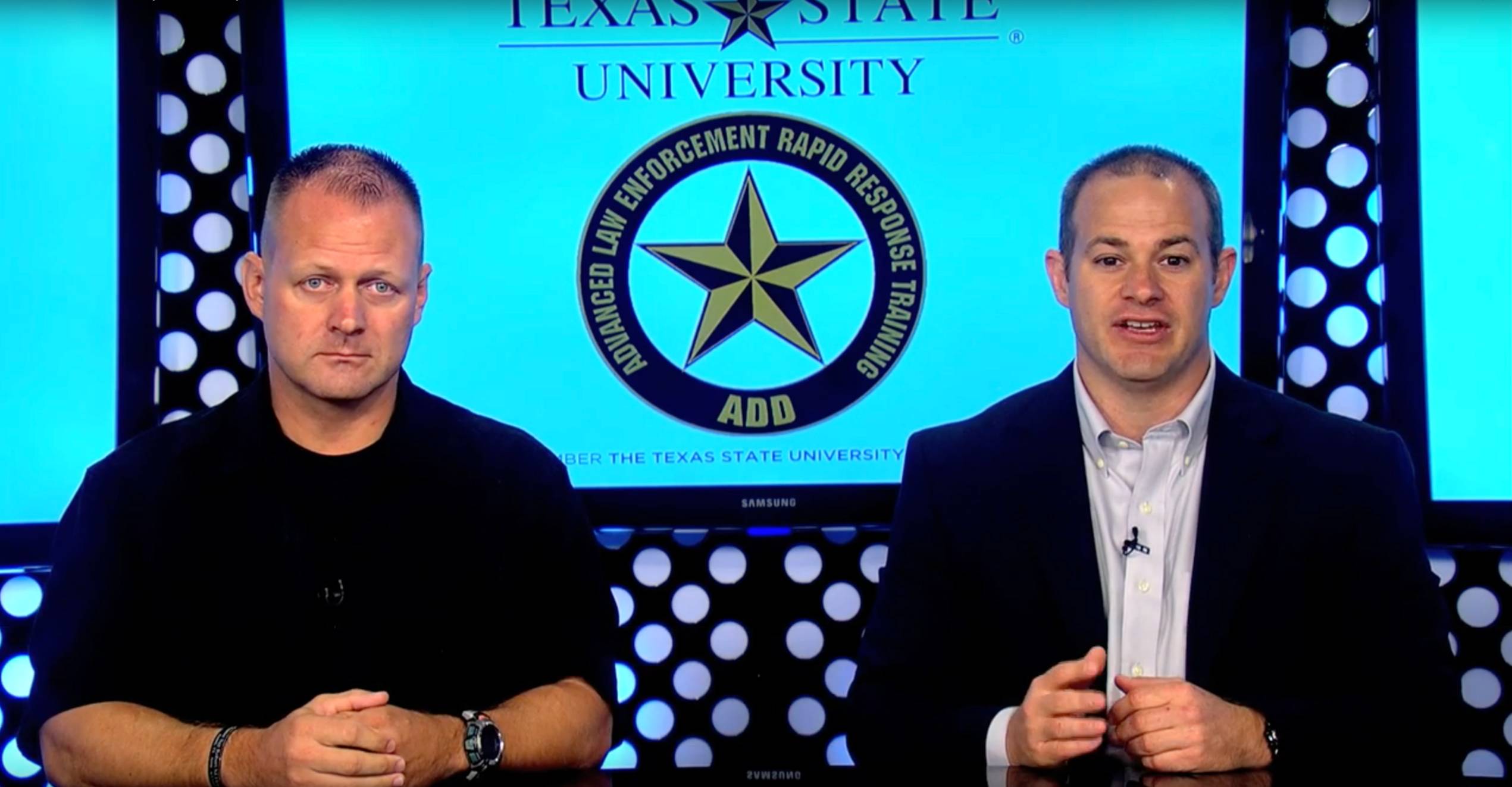Walk the beat and ride along with UPD. TXST students can register for the Student Police Academy. Gain experience and expertise, by giving yourself an inside look of UPD.
To explore other safety classes or resources contact UPD Community Engagement at txstatepolicece@txstate.edu or 512.245.2805.
Faculty & Staff need to stay informed and safe. Visit the Talent Development & Communication team's course offerings website to find available in-person or virtual courses. These courses are available for registration through SF Learning.
If you have any questions, email hr_tdc@txstate.edu or call 512.245.7899.




